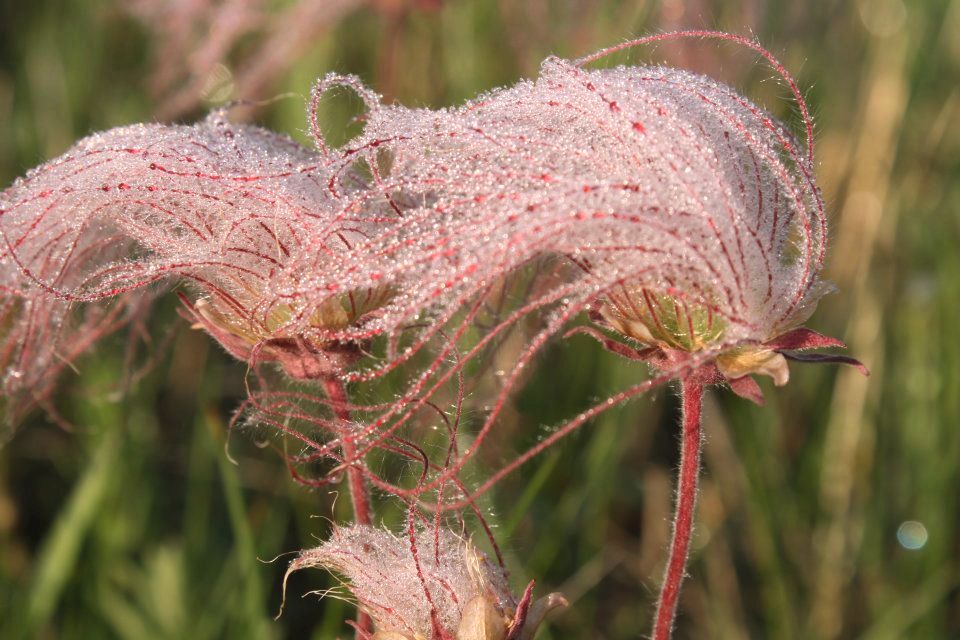by Chelsea Blyth
Within Alberta’s landscapes, residents have an opportunity to cultivate thriving ecosystems right in their own backyard. By making conscious choices in garden design and plant selection, individuals can transform their outdoor spaces into havens for local wildlife. In this article, we’ll explore several strategies tailored to Alberta’s unique environment, aimed at making your garden a welcoming sanctuary for birds, bees, butterflies, and other precious wildlife.
Native Plants
Pollinator Friendly Plants

Provide Water Sources
Create Shelters
Minimizing Chemical Use
Avoiding the use of chemical pesticides and herbicides is essential for creating a wildlife-friendly garden. These chemicals can harm5 beneficial insects, birds, and other wildlife, disrupting the delicate balance of the ecosystem. Instead, opt for natural pest control methods such as companion planting, handpicking pests, or using organic alternatives.

Creating a wildlife-friendly garden in Alberta is not only a rewarding endeavor but also a vital contribution to conserving the province’s natural heritage. By embracing native plants, providing essential resources like water and shelter, and adopting sustainable gardening practices, residents can play a significant role in supporting local biodiversity. Whether you have a small backyard or a sprawling acreage, every garden has the potential to become a thriving oasis for wildlife
References
Alberta Native Plant Council – https://www.anpc.ab.ca
University of Alberta – Devonian Botanic Garden – https://botanicgarden.ualberta.ca
Nature Alberta – https://naturealberta.ca/wp-content/uploads/2020/10/Urban-Nature-Checklist.pdf
Alberta Wilderness Association – https://albertawilderness.ca/)
Alberta Water – https://albertawater.com/substances/pesticides/







2 thoughts on “Creating a Wildlife Haven: Tips for a Wildlife-Friendly Garden”
I drive a school bus here in Calgary and our bus yard has slough wetlands very near. At McKnight and Stony Tr. N.E. I woild like to get a variety of seeds to scatter around the periphery of the wetlands and attract birds and bees and etc. to the area. I saw geese in the pond this morning so spring is here. These are private lands ,I think but easily accessible. I am sure there are many such like places around and I cannot see the harm in beautifying and promoting these natural areas. I would like suggestions as to seed recomendations and sourcing. Clay balls and gorilla gardening? THX!!! Good Day.
Wildlife-friendly gardens support biodiversity but sometimes attract unwanted pests. Finding a balance is crucial for both nature and homeowners. How do you keep your garden pest-free while welcoming beneficial wildlife?